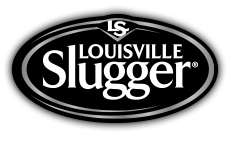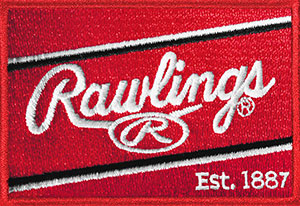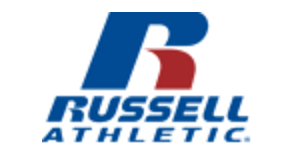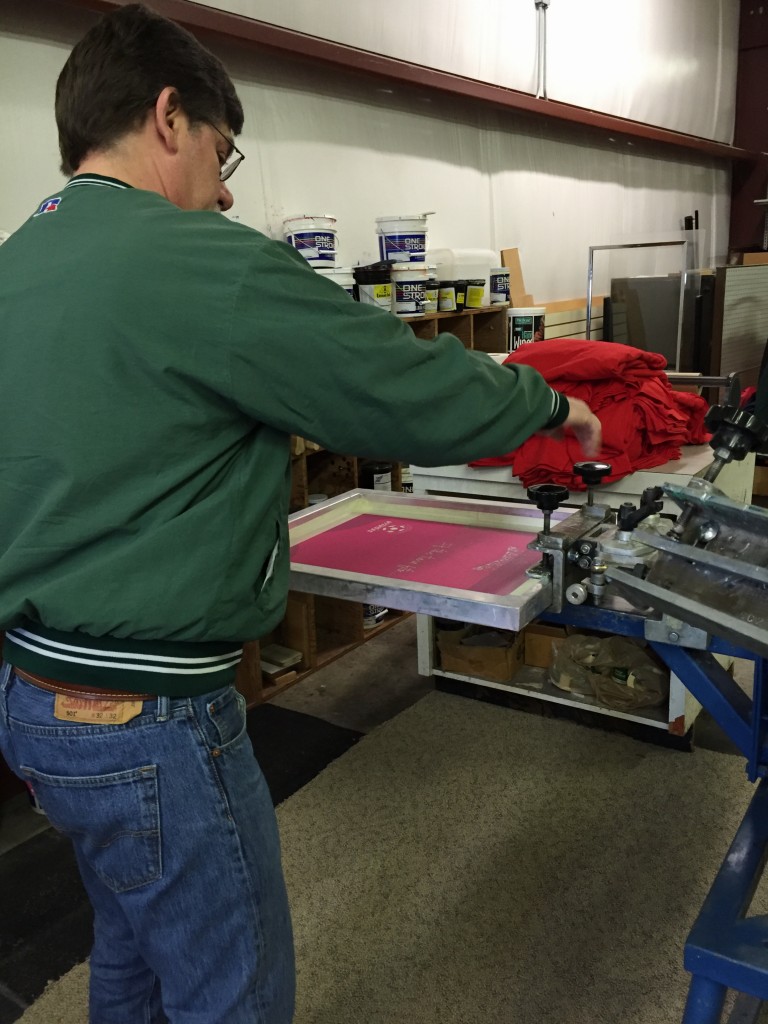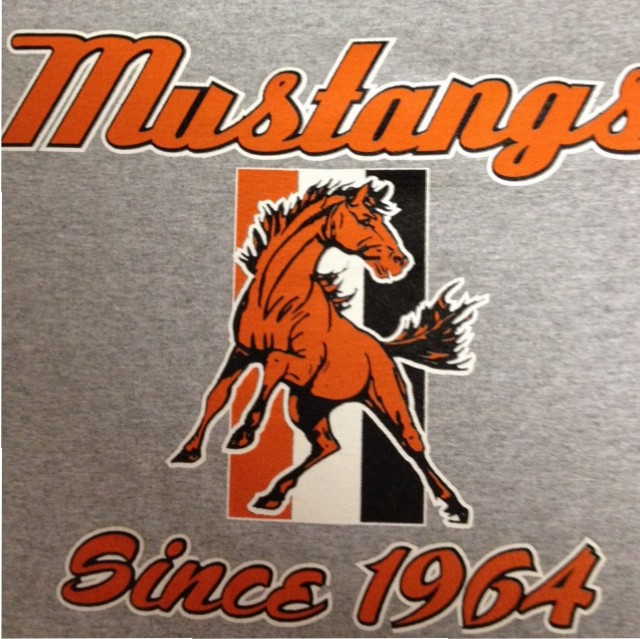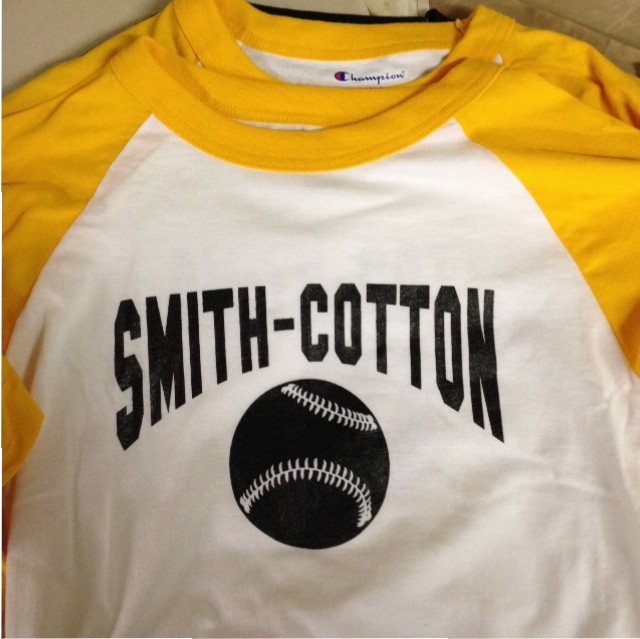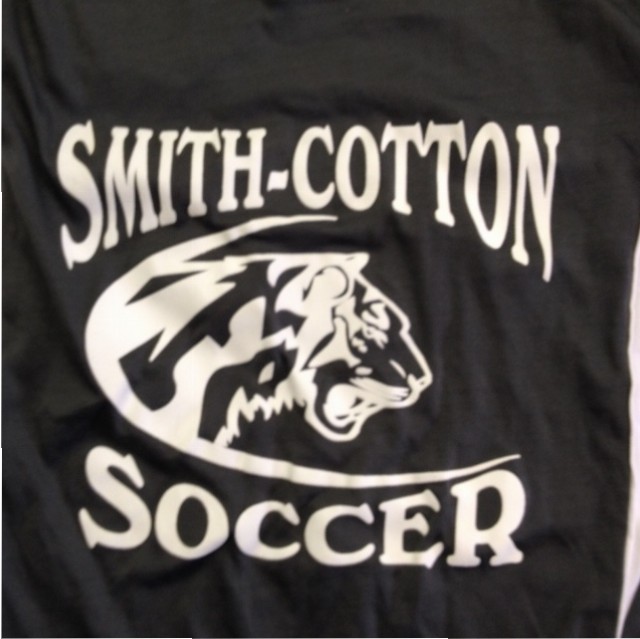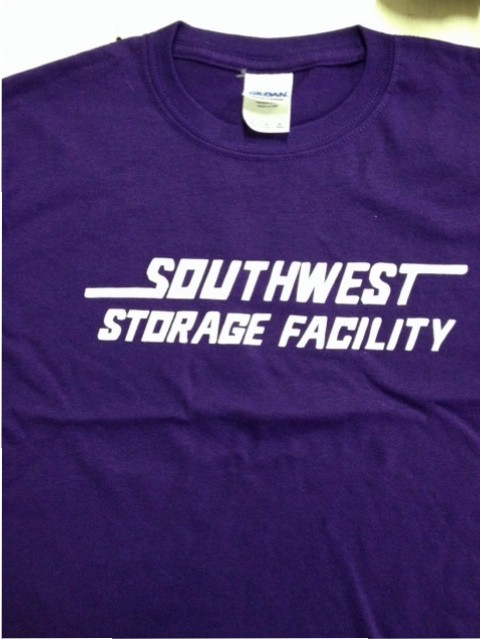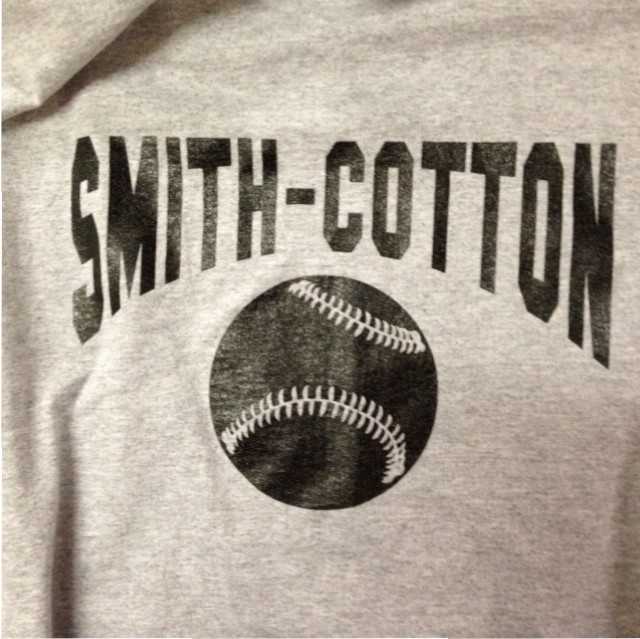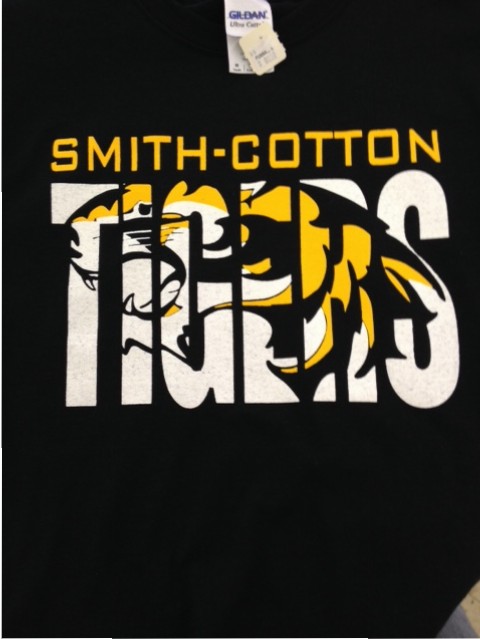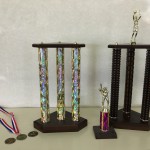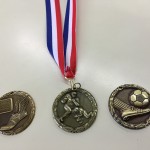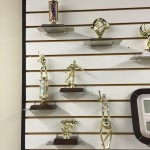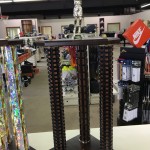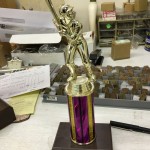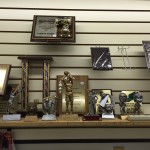Hours:
Monday through Friday 9-6, Saturdays 9-3
Pummill Sporting Goods is your one stop shop for anything related to athletic sports. We provide equipment for sports teams, schools, referees, coaches and parents. We focus on baseball, softball, soccer, basketball, football and track. We even carry billiards and darts.
Click on any logo to view their website and products.
The Importance of Sports in America
By Michael Shackelford,The United States of America is exceptional among the nations of the world. Unlike most other countries, there is no overarching ethnic or religious affiliation that identifies one as an “American.”
Rather, what binds the more than 300 million Americans together is a shared civic identity. Throughout history, sports have played a crucial role in helping to establish this identity.
While cliché, baseball is indeed American’s national pastime for a myriad of reasons. The history of the game is interwoven into the history of America.
The Civil War helped to spread the popularity of the game, and both Union and Confederate soldiers played baseball during lulls in the fighting. After Gen. Robert E. Lee surrendered to Gen. Ulysses S. Grant at Appomattox Courthouse, soldiers from both the Army of Northern Virginia (Confederate) and the Army of the Potomac (Union) played baseball.
Baseball was also at the forefront of the modern Civil Rights movement. Jackie Robinson entered the league with the Brooklyn Dodgers in 1947. Robinson’s addition to the Dodger lineup was met with resistance by some of his teammates.
Brooklyn manager Leo Durocher told the Dodger players that “I do not care if the guy is yellow or black, or if he has stripes like a zebra. I’m the manager of this team, and I say he plays. What’s more, I say he can make us all rich. And if any of you cannot use the money, I will see that you are all traded.”
To put Robinson’s achievement into perspective, Robinson broke baseball’s color barrier seven years before the Supreme Court ruled “separate but equal” unconstitutional in Brown v. Board of Education. Robinson was playing first base for the Dodgers a full 16 years before Martin Luther King, Jr. gave his “I Have a Dream” speech at the steps of the Lincoln Memorial in 1963.
Football is the quintessential American sport, and for good reason. It requires a combination of power and agility, brute strength, and grace. But most of all it requires audacity and boldness. In other words, it requires American characteristics in order to succeed.
Like Americans, the game of football pays no respect to pretensions of entitlement or pedigree. One need look no further than Super Bowl XLII and the Horatio Alger story of the New York Giants. The Giants were a team that few people believed stood a chance of competing with, let alone beating, the New England Patriots.
David beat Goliath and shocked the sporting world. An underdog who was derided by the experts had the chutzpah to win, much like the colonists who signed the Declaration of Independence.


